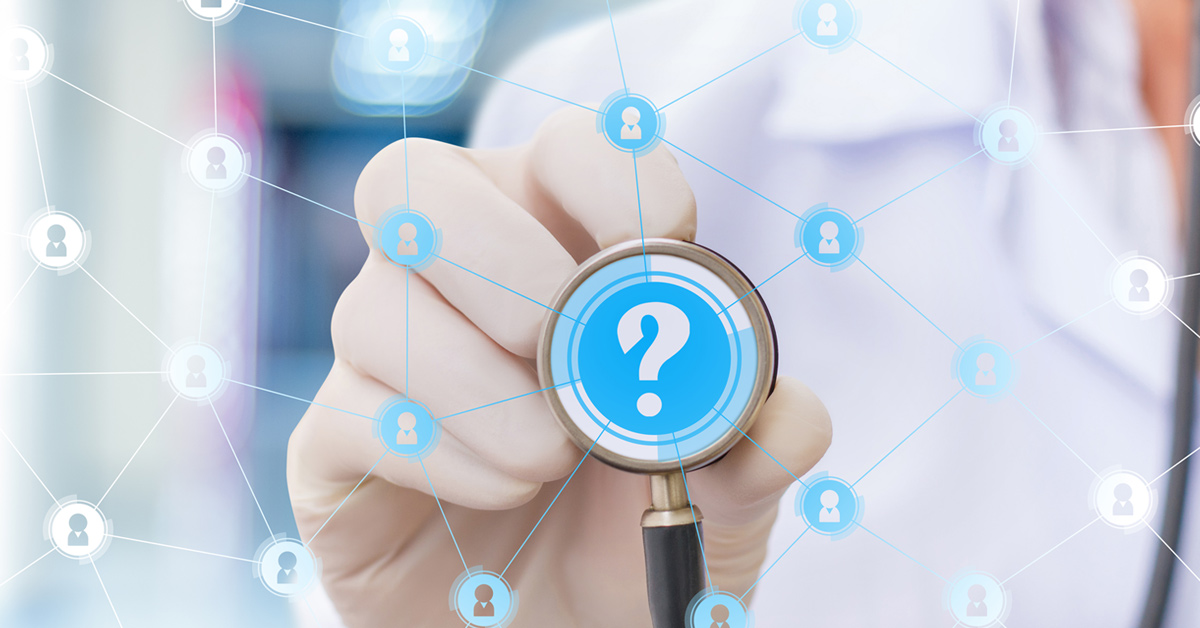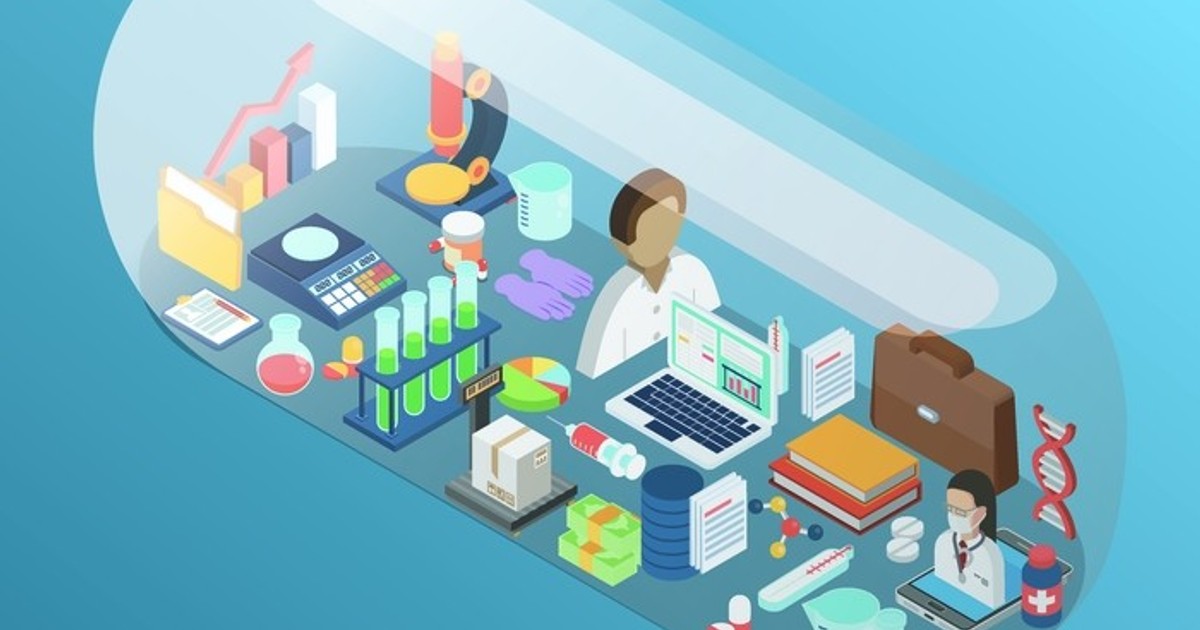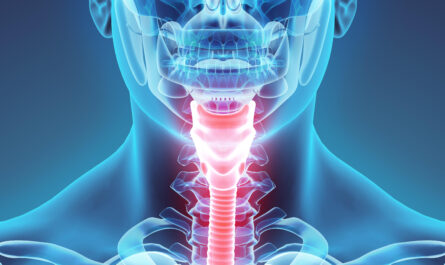What is Real-world Data and Why is it Important?
Real-world data, also known as real-world evidence, consists of data collected outside of conventional clinical trials. It originates from multiple sources including electronic health records, imaging systems, smartphone apps, wearable devices and more. With RWD, researchers can gain insights into patient outcomes and experience in real-world clinical settings rather than in carefully controlled research environments.
By analyzing real-world data, the healthcare industry hopes to better understand effectiveness, safety and quality of care across diverse patient populations. Insights from RWD can help improve clinical decision making, advance precision medicine approaches and lower the costs of drug and device development. It also has the potential to accelerate approvals of new therapies based on real-world performance instead of relying solely on randomized controlled trials.
Challenges in Gathering and Analyzing RWD
Real-world Data (RWD) promises to revolutionize biomedical research and clinical practice, its use also presents many challenges. One of the biggest hurdles is ensuring data quality and consistency across disparate sources. Real-world data tends to be messy, fragmented and incomplete compared to carefully formatted clinical trial datasets.
Integrating data from electronic health records also poses issues due to varying structures, codes and definitions used across different software and healthcare providers. Missing or incorrect data related to demographics, diagnoses, procedures and outcomes further compound the difficulties in aggregating and analyzing real-world information at scale.
Researchers must also address issues around data privacy, security and informed consent when utilizing sensitive patient health records. Strict regulations are required to anonymize identities while preserving enough contextual details for meaningful research. Analysis methods need to account for biases and lack of randomization inherent to observational study designs involving RWD.
Applications of RWD in Drug Development and Clinical Care
Despite challenges, the capabilities of real-world data are inspiring novel applications in both pharmaceutical R&D and clinical practice. Here are some key ways the healthcare ecosystem is tapping into RWD:
Post-market drug safety surveillance – Pharmaceutical companies and regulators use claims databases, EHRs and patient registries to monitor adverse events and effectiveness of medications in real patients over the long term. This helps detect rare or delayed safety signals not evident from pre-approval trials.
Clinical trial optimization – Components of drug studies like patient enrollment criteria, appropriate endpoints or optimal dosing regimens can be informed using real-world outcomes data on similar patient subpopulations. This makes trials more targeted and efficient.
Evidence generation for new indications – Insights from RWD may help expand approved uses of existing drugs by providing supplementary evidence of effectiveness, safety and cost-effectiveness for off-label conditions.
Comparative effectiveness research – By analyzing similarities and differences in outcomes across patient subsets treated with various therapies, RWD helps inform treatment guidelines and aid clinical decision support tools.
Precision medicine advancement – Integration of molecular data like genomics with real-world clinical phenotypes accelerates discovery of novel predictive biomarkers and tailored therapies. It offers insights into effectiveness across genetically or biologically defined subgroups.
Quality improvement initiatives – Healthcare systems use data on adherence to evidence-based protocols, readmissions rates and other process measures from diverse institutional sources to enhance patient care standards on an ongoing basis.
The Future of RWD Integration
As technologies for capturing, linking and analyzing real-world data continue to progress in sophistication, its strategic value for improving clinical and business outcomes is certain to rise manifold. Major stakeholders across the life sciences spectrum are investing heavily to overcome current barriers and fully leverage insights buried within these large-scale datasets.
With standardization of data elements, consensus on privacy protections and advances in applied analytics, real-world evidence is expected to permeate drug approvals, clinical guidelines and daily management decisions in the next decade. Ultimately, maximizing the promise of RWD could transform medicine from a reactive to proactive discipline centered on empowering optimal health for every unique patient.
*Note:
1. Source: Coherent Market Insights, Public sources, Desk research
2. We have leveraged AI tools to mine information and compile it



